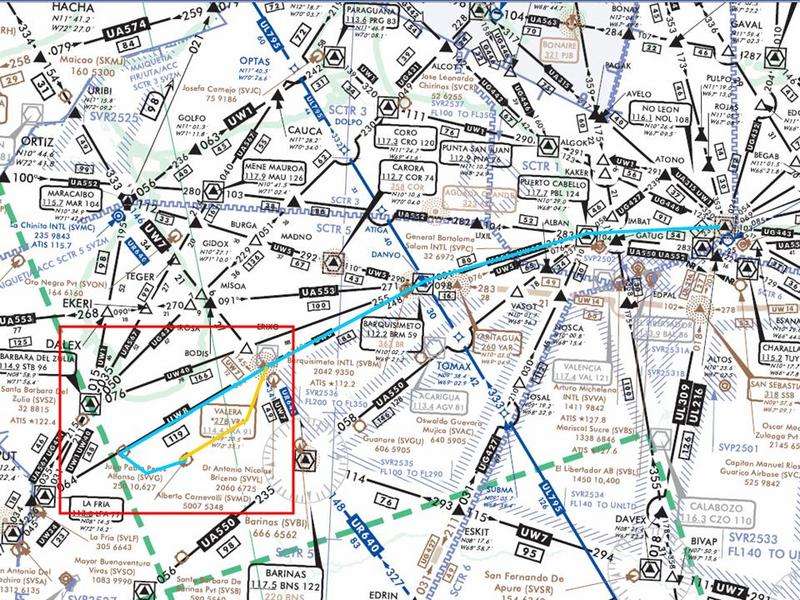Hi everybody. This is my first post here, unfortunatelly concerning about this very sad episode.
This became the worst crash of an ATR-42 ever. The accident is fresh and hypotheses are still being developed. Aparently recue workers are finishing picking up he human rests. But conditions are very rude: Too high (420m or 13780 ft), difficult acces (no road, steep surface) and cold (temperatures near 0 celsius or 32F) with strong winds and quickly varying weather conditions.
FDRs are in hands of ATR experts. However there are some clues, based in what they found in place. Some rescuers believe that the crash was not frontal but with the belly, since the corpses in the front and rear sections were almost complete.
Wath is true is that the crew were completly off the route, even more around SVMD wich has a narrow acces between the mountains. I'll explain later with figures.
Regards
FlyCCS
This became the worst crash of an ATR-42 ever. The accident is fresh and hypotheses are still being developed. Aparently recue workers are finishing picking up he human rests. But conditions are very rude: Too high (420m or 13780 ft), difficult acces (no road, steep surface) and cold (temperatures near 0 celsius or 32F) with strong winds and quickly varying weather conditions.
FDRs are in hands of ATR experts. However there are some clues, based in what they found in place. Some rescuers believe that the crash was not frontal but with the belly, since the corpses in the front and rear sections were almost complete.
Wath is true is that the crew were completly off the route, even more around SVMD wich has a narrow acces between the mountains. I'll explain later with figures.
Regards
FlyCCS





Comment